First-ever image of the black hole ‘shadow’ at the heart of the Milky Way revealed by the Event Horizon Telescope
12 May 2022
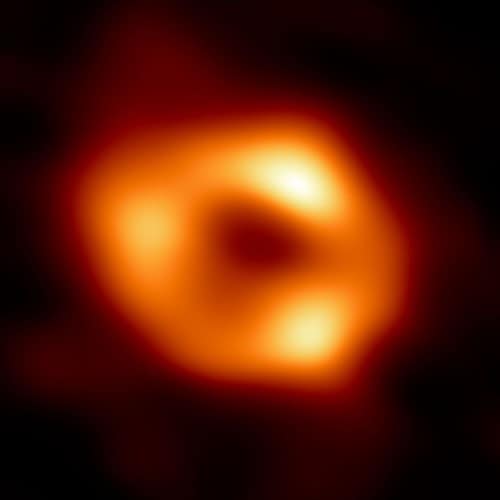
Astronomers working on the Event Horizon Telescope (EHT) have captured the first image of the “shadow” – and glowing surroundings – of the supermassive black hole at the center of the Milky Way. The achievement is another huge success for the EHT project, which in 2019 released a similar image of the black hole in the core of the galaxy Messier-87.
The hefty black hole within the heart of our galaxy – known as Sagittarius A* or Sgr A* – lies some 27,000 light-years away from Earth and had been scrutinized, albeit indirectly, by astronomers for decades. Based on the motions of stars zipping around a seemingly empty spot at the Milky Way’s center, they had deduced that a body roughly four million times the mass of our Sun must reside there.
Other studies, including recent observations with the Hubble Space Telescope, had also detected features in the center of our galaxy and beyond that were assumed to be the hallmarks of an immense, hidden, black hole.
But to take the image of Sgr A*, astronomers have had to combine the capabilities of several radio telescopes – including telescopes belonging to the European Southern Observatory in Chile, as well as observatories in Europe, the US, and even at the South Pole.
This endeavor has required an unprecedented level of international collaboration and co-ordination but I’m delighted we’ve finally obtained an image of our own supermassive black holeZiri Younsi
They did this using the technique of “very long baseline interferometry”, or VLBI, which effectively creates a single, vast array. It has allowed astronomers to obtain an extraordinary image resolution of several tens of micro-arcseconds, which has been likened to the ability to spot an orange on the surface of the Moon. This resolution means that researchers can image and pick out the features of a supermassive black hole such as Sgr A*.
“This endeavor has required an unprecedented level of international collaboration and coordination,” says Ziri Younsi an astrophysicist at University College London, who is one of more than 350 people involved in the EHT collaboration. “It has been exciting and on occasion nerve-wracking, but I’m delighted that we’ve reached this milestone and finally obtained an image of our own supermassive black hole.”
Out of the shadows
The resulting first EHT image of Sgr A* confirms that this gravitational leviathan, inferred for so long by scientists, is indeed the object predicted by astrophysical theories. The picture shows a glowing ring around a dark, inner area dubbed the “shadow” of the black hole. “[It] denotes the boundary where light can no longer orbit the black hole multiple times without being eventually captured,” says Younsi.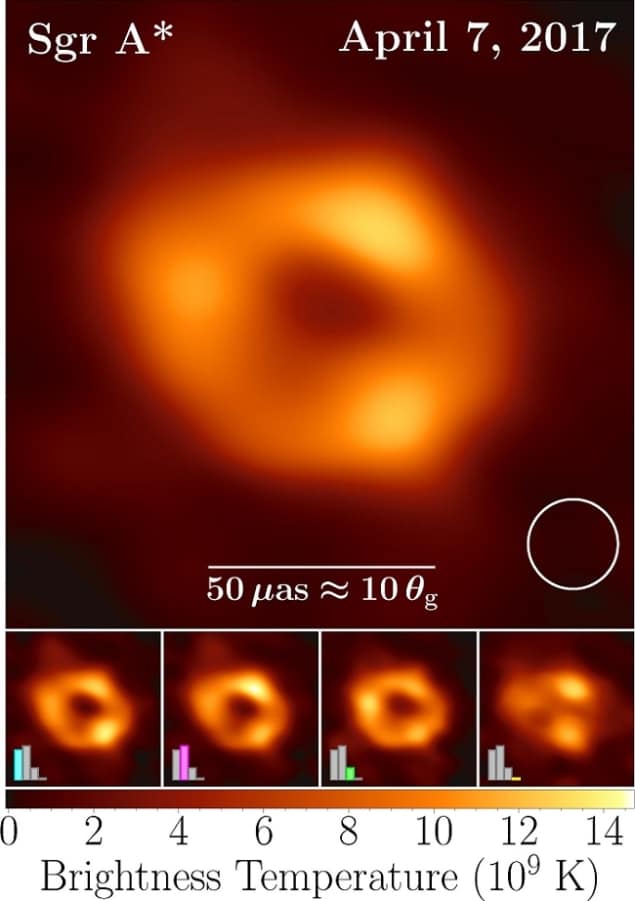 EHT image of Sgr A*. (Courtesy: Akiyama et al. and ApJL)
EHT image of Sgr A*. (Courtesy: Akiyama et al. and ApJL)
 EHT image of Sgr A*. (Courtesy: Akiyama et al. and ApJL)
EHT image of Sgr A*. (Courtesy: Akiyama et al. and ApJL)Inside the shadow, albeit invisible in the new image, is the location of the event horizon – the mathematically defined “edge” of the black hole. In the case of Sgr A*, the event horizon is expected to measure somewhere between 12 and 24 million kilometers across, depending on how the black hole is spinning.
The doughnut-shaped swathe of light around the shadow, meanwhile, is thought to arise from a mix of two sources whose appearance has been smeared by gravitational lensing. The first is a maelstrom of photons whirling around close to Sgr A* – a phenomenon astrophysicists call the “photon ring” – while the second is a superheated disc of glowing material that likely encircles the black hole. EHT astronomers found that the measured size of the photon ring is consistent with the predictions of Einstein’s general theory of relativity.
But there was more to acquiring this first image of Sgr A* than just gathering and analyzing the petabytes of data created by the EHT, with researchers having to contend with the dust and gas suspended throughout the Milky Way. “The interstellar medium in our galaxy is a major confounding factor in reconstructing images of Sgr A*,” says Younsi, who adds that it acts like a screen that scatters radiation emanating from close in to the black hole. “Given the unknown structure and distribution of this screen, mitigating for these effects has proven to be challenging,” adds Younsi.READ MORE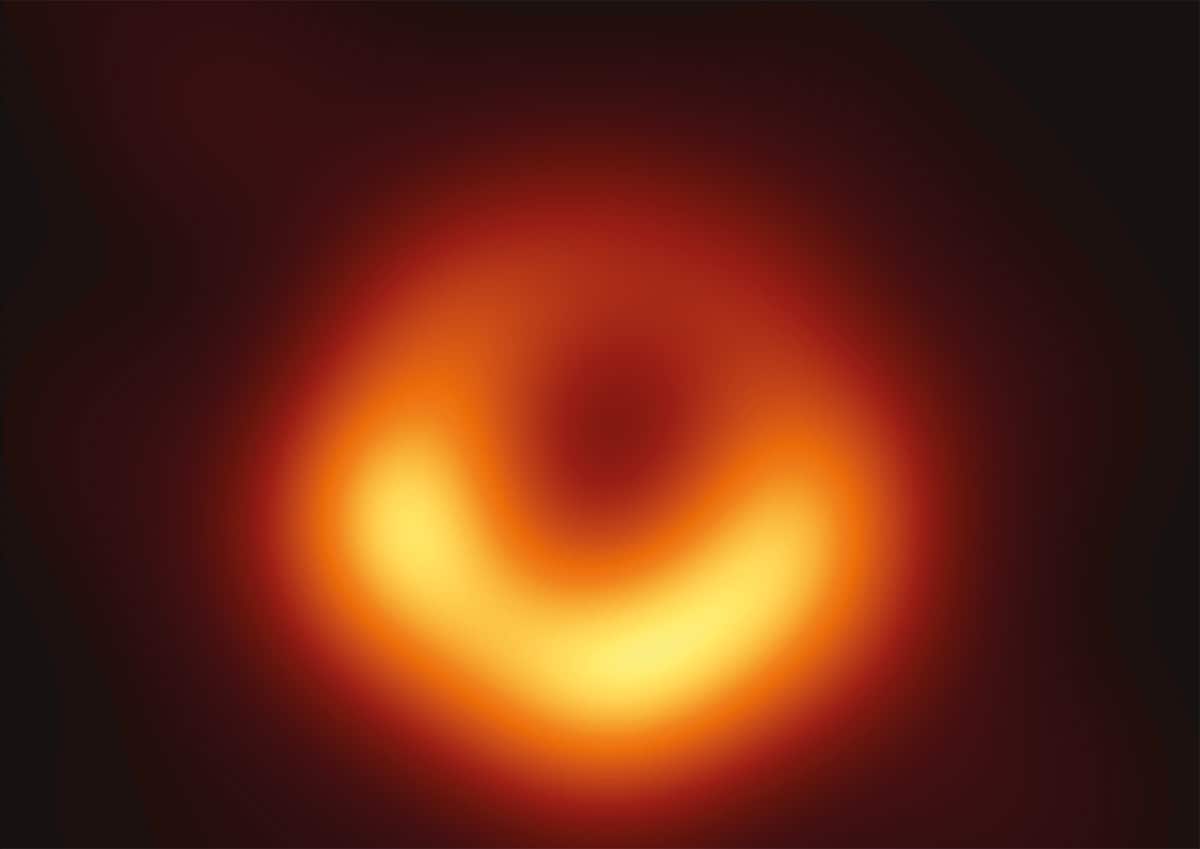

Even Sgr A* itself was a tricky target to observe, weighing much less than the 6.5 billion solar-mass black holes that the EHT imaged in the center of the galaxy Messier 87. That’s because, as Younsi explains, the mass of the black hole “sets a characteristic timescale over which material around the black hole evolves, as well as a timescale over which light and information take to propagate”. In other words, features around Sgr A* change in just a matter of minutes, in contrast to the days and weeks-long variations of the M87 black hole. “The source structure and light produced from it is rapidly changing and it is not easy to obtain a clear image,” Younsi adds.
More to come
The EHT picture of Sgr A* is based on observations that were made in April 2017, but astronomers hope that even more detailed views could be forthcoming. “We’ve recorded data a few times since then, including this year,” says Younsi. “These are with improvements in the array such as additional telescope sites so they promise to yield better images.” This future work, he believes, should enable EHT astronomers to get a measure of the spin and mass of Sgr A*.
Upcoming EHT observations on Sgr A* and elsewhere should also offer valuable information about the broader workings of supermassive black holes, which are believed to lurk in every large galaxy. These objects are thought to influence the development of entire galaxies as they themselves form, however, astronomers have yet to pin down the specifics of how this happens.READ MORE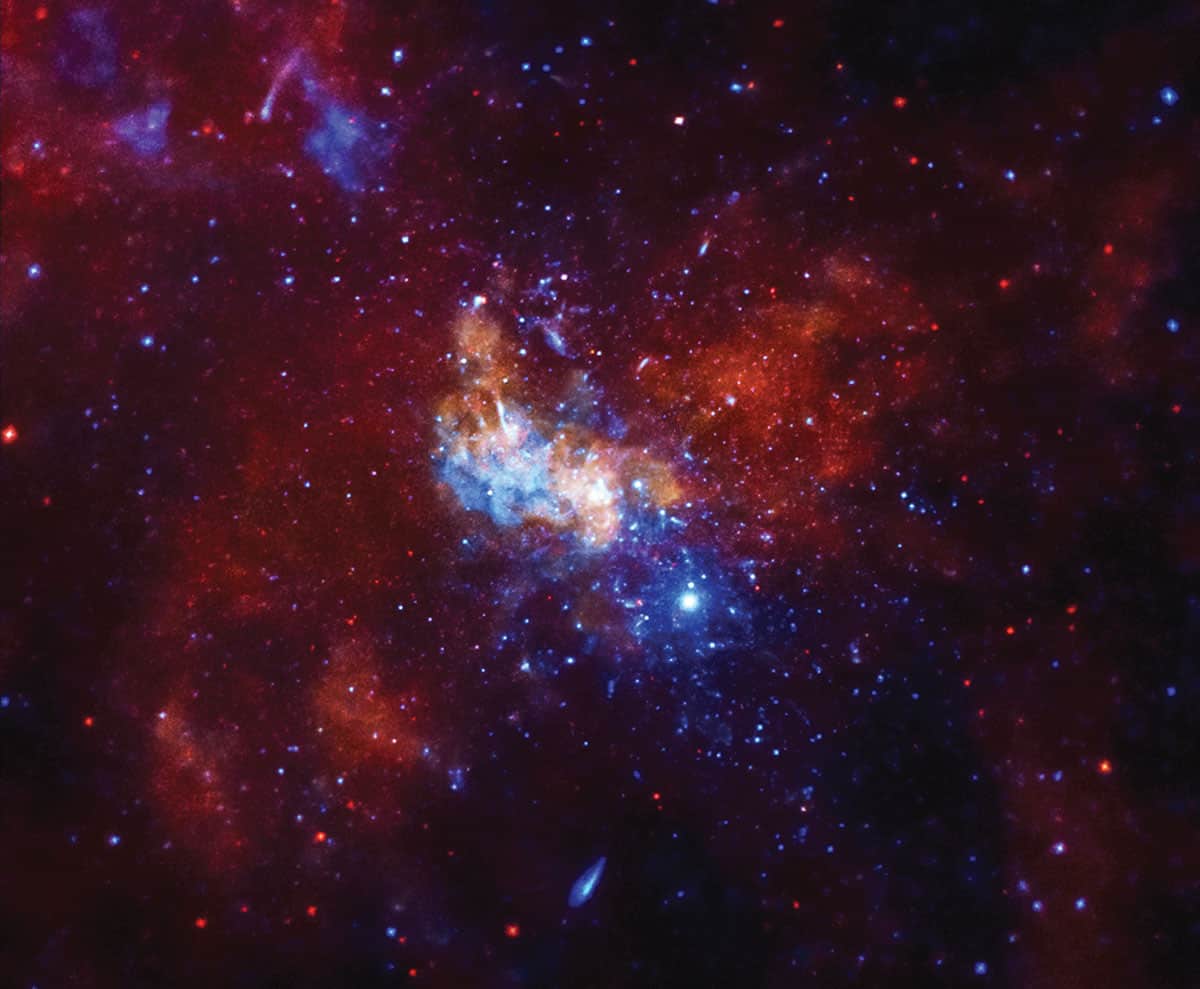

Some supermassive black holes, for example, are seen to be emitting tremendous torrents of energy as they feed on infalling material. Understanding the details of that process is “one of the major lines of black hole research” says Dan Wilkins at the Kavli Institute for Particle Astrophysics and Cosmology, in the US, who was not involved in the new EHT research.
“We believe that Sgr A* went through such an active phase in the past when our galaxy was still growing. Today, it is much quieter, releasing much smaller amounts of energy as small amounts of material from its surroundings fall in,” Wilkins says. “Obtaining a close-up image of what’s happening around Sgr A* will give us a better understanding of how it interacts with the material in its vicinity and how supermassive black holes settle down once they are done growing.”
[This is a] unique moment in the past hundred years of gravity studies, both theoretically and observationallySamaya Nissanke
The recently launched James Webb Space Telescope (JWST) should help in that endeavor. According to Wilkins, the JWST will be able to see “flares” of infrared light emitted as the black hole consumes matter. “Following the infrared emission as the flares rise and fall will add another important piece of the puzzle [of] understanding how Sgr A* interacts with its surroundings,” he adds.READ MORE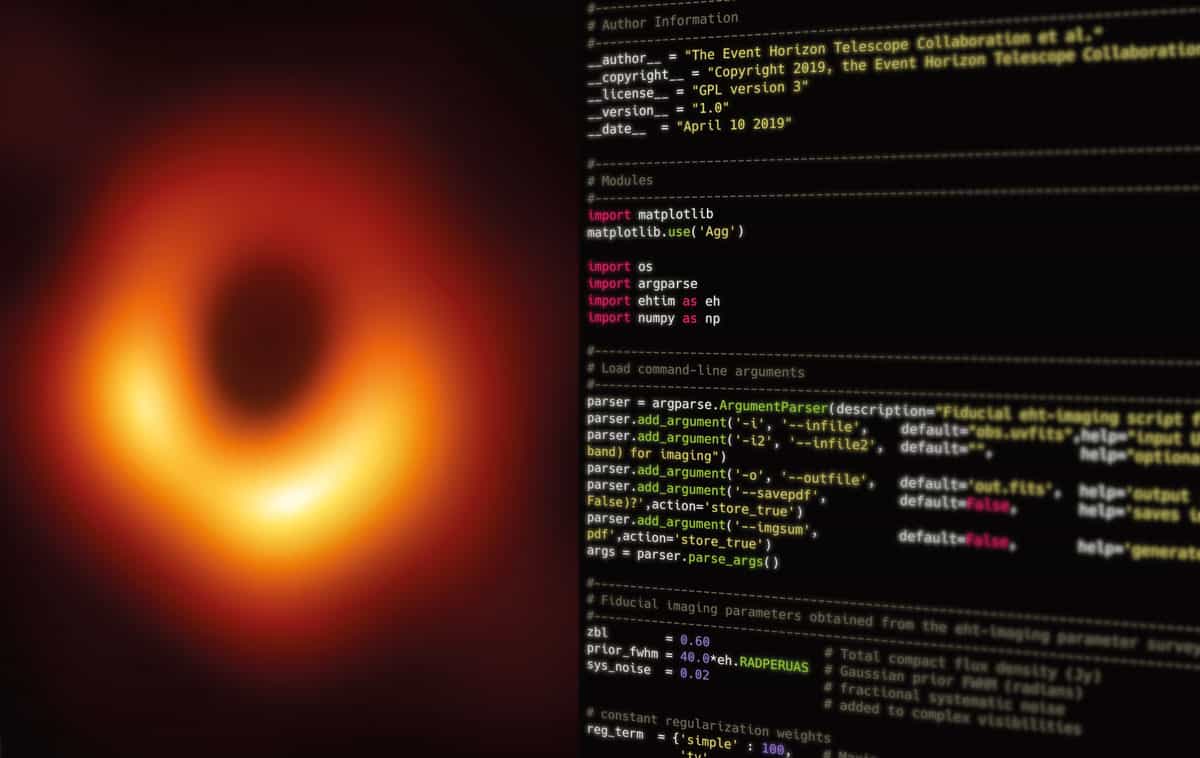

Samaya Nissanke, a black-hole expert at the GRAPPA institute in the Netherlands, says that studies of Sgr A* will even help shed light on the lives of its less massive cousins. “We now believe that there is an interconnection between lower-mass black holes and the role they play in the cosmic history and the build-up of mammoth supermassive black holes,” she explains.
The EHT result is, Nissanke adds, a “unique moment in the past hundred years of gravity studies, both theoretically and observationally”.
The results, announced today at multiple press conferences around the world, are published in a series of 10 papers in Astrophysical Journal Letters, which is published by the Institute of Physics on behalf of the American Astronomical Society.
Will Gater is a science writer based in the UK.
from physicsworld.com 13/5/2022
Δεν υπάρχουν σχόλια:
Δημοσίευση σχολίου